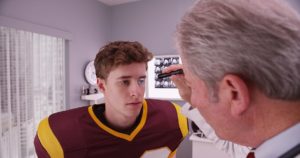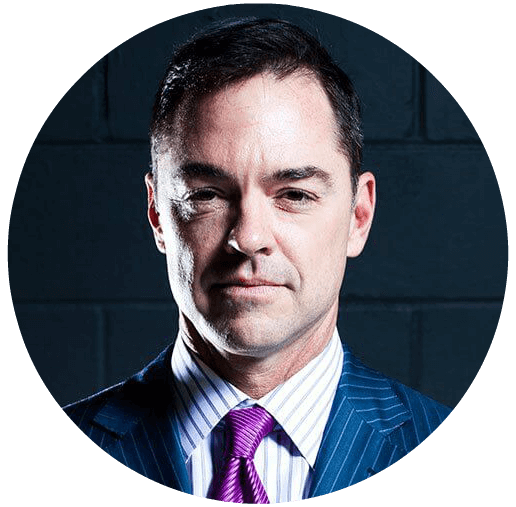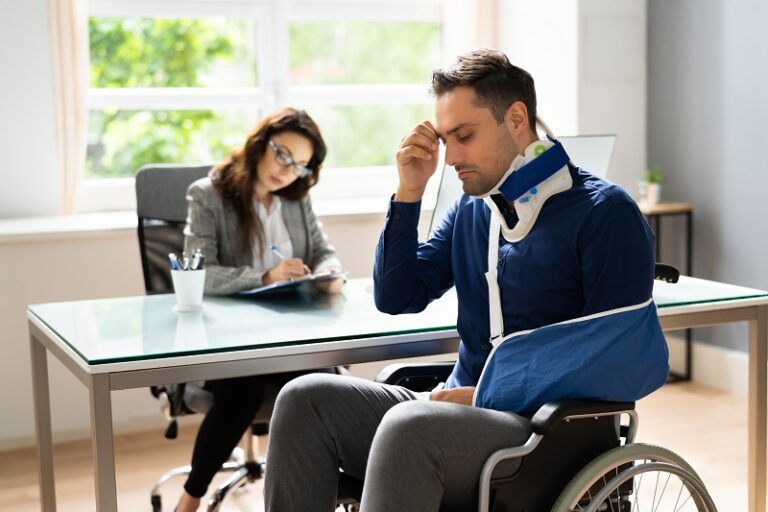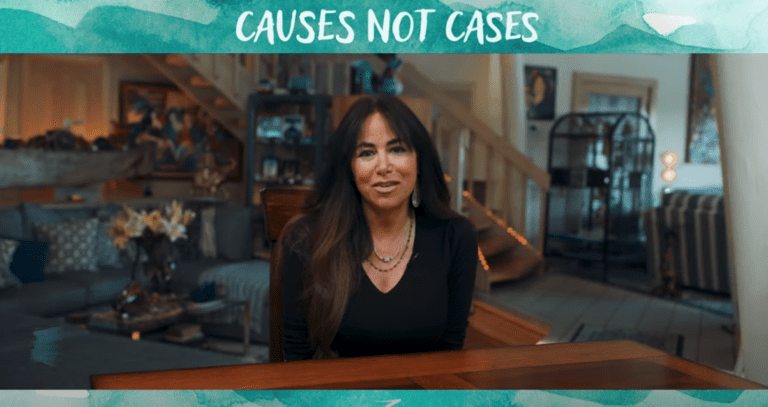 An estimated 3 million people suffer traumatic brain injuries each year in the United States. Around 10 percent of those injuries are concussions. A large portion of the individuals sustaining concussions are student-athletes.
An estimated 3 million people suffer traumatic brain injuries each year in the United States. Around 10 percent of those injuries are concussions. A large portion of the individuals sustaining concussions are student-athletes.
Nearly every sport and recreational activity can result in a concussion; however, this type of injury is more common among contact sports, such as football, rugby, or soccer, as well as recreational activities, such as cycling or horseback riding. Sports are second only to motor vehicle accidents as the leading cause of concussions in individuals between the ages of 15 and 24.
Females are more likely to incur a concussion during youth or collegiate sports activities and are more likely to experience longer-lasting symptoms. It is important to refrain from competing in sports after a concussion, as doing so increases the length of time it takes to recover from the injury and can place the athlete at risk of developing dangerous complications, such as second impact syndrome or chronic traumatic encephalopathy.
Read on for more information about what a concussion is, the standard recovery time following a concussion, and the danger of returning to the court or the field too early after the injury.
What Is a Concussion?
The brain is the consistency of gelatin. Both the skull and the cerebrospinal fluid protect the brain from bumps and jolts. A concussion is a form of traumatic brain injury that is caused by a sudden or violent blow to the head or body, in which the brain strikes the skull or twists within it. While doctors often refer to this type of injury as a mild brain injury, there is nothing mild about an injury to the organ that controls all the functions and involuntary responses in your body, but only has a limited ability to heal after an injury. Concussions involve only a brief loss of consciousness, if any.
Other common symptoms suffered by those who have sustained a concussion include:
- Headache
- Fatigue
- Inability to recall events directly before or after the injury occurred
- Balance problems or dizziness
- Feeling as though one is in a fog
- Sensitivity to light or noise
- Concentration or memory problems
While the symptoms of the concussion most often occur shortly after the injury, they can also appear or seem to worsen in the following days. The highest risk of dangerous complications is within the first three hours after sustaining the injury.
Some of the symptoms that indicate a medical emergency after a concussion include:
- One pupil that is larger than the other
- Marked drowsiness or the inability to wake up
- A headache that worsens and does not go away with time or rest
- Repeated vomiting or nausea
- Seizures
- Increased restlessness, confusion, or agitation
- Fluid or blood coming from the nose or ears
- A loss of consciousness – even briefly losing consciousness after a concussion is a concern
How Are Concussions Generally Treated?
Athletes who suffer a concussion are generally removed from the competition immediately. The athlete is then placed in concussion protocol. A concussion protocol is a series of actions prescribed by a school or club policy on how to appropriately respond to an athlete’s concussion and ensure that the athlete avoids the risk of further injury.
Concussions generally do not require a lot of medical treatment, but rather rely on rest and time to heal. Generally, concussion symptoms resolve between one and three weeks after the injury. However, returning to activities and sports too soon after the injury can result in the symptoms lasting for a longer time.
Concussion protocols develop a method by which the athlete slowly returns to normal activities and, eventually, to competitive play. Usually, the protocol involves several steps, including:
- Return to regular activities, including school. Within a few days of the injury, if the athlete has rested and avoided unnecessary movement to the head or neck, his or her physician will permit him or her to return to regular activities, such as school. During this time, limiting activity can help deal with fatigue, such as attending school for only part of the day. If the athlete is not experiencing new or worsening symptoms, he or she will also usually be cleared for light activity during this time, such as short walks or riding a stationary bike.
- Light aerobic activity. If the student can tolerate light activity without new or worsening symptoms, he or she will generally then be cleared for additional activities such as 5 to 10 minutes on an exercise bike, walking, or light jogging.
- Moderate activity. In this phase of recovery, the athlete is cleared to begin jogging, brief running, moderate activity on a stationary bike, and moderate weight lifting, involving less weight and fewer reps than the athlete would normally lift.
- Heavy, no-contact activity. If the athlete continues to heal without the addition of new symptoms or the worsening of existing symptoms, he or she will likely be cleared to begin heavy, no-contact activity, such as sprinting or running, high-intensity activity on the stationary bike, regular weight lifting, and non-contact drills specifically related to the sport that the student competes in.
- Full-contact practice. After the student is no longer experiencing concussion symptoms, a physician will need to clear him or her to begin participating in full-contact practices.
- Return to competition. The student-athlete is considered recovered from the injury and can withstand the rigors of competition.
The most important component to treating and recovering from a concussion is rest. During the first several days after the injury, the student should also limit his or her time staring at the television, cell phone, or computer screens. Screen time can increase strain placed on the eyes and the brain, which can result in a longer recovery period. Student-athletes should also maintain a healthy diet and hydration during recovery time as nutrition and hydration promote healing.
The Risk of Playing Sports With a Concussion
Concussions are a temporary loss or impairment of function in the brain. After suffering a concussion, avoid strenuous activity, such as playing sports. It can not only pose a risk of further damage to the brain, but can also place the student-athlete at risk of serious or even deadly consequences, such as second impact syndrome or chronic traumatic encephalopathy, which are described below.
Second Impact Syndrome
Second impact syndrome is a rare, but deadly, condition caused by an individual receiving a second concussion while still experiencing symptoms from the first one. The second concussion causes the brain to swell rapidly. While the individual might finish the play without losing consciousness and can even make it to the sideline, the athlete will often collapse within minutes, as the brain rapidly loses its ability to control cerebrospinal fluid pressure, leading to severe swelling and even possible herniation of the brain. This results in loss of consciousness, loss of eye movement, dilated pupils, and ultimately, respiratory failure.
Chronic Traumatic Encephalopathy
If the brain sustains repeated concussions, chronic traumatic encephalopathy (CTE) can occur. CTE is brain degeneration believed to be caused by repeated injury to the brain. While a diagnosis of the condition can only be obtained by observing the brain after death, CTE does present some symptoms that are identifiable through health screenings.
Some of those symptoms include:
- Difficulty thinking
- Short-term memory loss
- Difficulty controlling one’s behaviors or emotions
- Depression or apathy
- Physical ailments that are not explained by other medical conditions that the individual suffers from
- Substance misuse
- Suicidal ideations
The symptoms of CTE do not develop after one injury, but rather are the progression of complications from repeated injuries that occur over years.
The Factors Used to Determine Safe Return to Competition
While the cessation of symptoms is the most defining factor indicating that an athlete is ready to return to competition after suffering a concussion, there are other factors to consider as well, such as:
- The athlete’s medical history. Repeated concussions are cause for concern, as they increase the risk of developing dangerous conditions with each subsequent injury.
- The medicines the athlete is using to treat pain from the concussion or other conditions. If an athlete is using pain relief medication for pain experienced as a result of the concussion, this can mask the worsening of symptoms and prevent the doctor from truly determining the athlete’s level of recovery.
- The type of sport and position that the athlete plays. Some sports, such as football, soccer, or basketball, pose a higher risk of concussions than other sports, such as volleyball. Likewise, not all of the players on the field have the same risk of becoming injured. When determining if it is safe for the athlete to return to competition, his or her doctor will often weigh the likelihood of another concussion being incurred based on which position and which sport the athlete plays.
- The athlete’s ability to pay attention and answer questions appropriately. Concussions can result in serious cognitive consequences, such as loss of short-term memory and inability to concentrate. If an individual is still dealing with these symptoms, it is an indication that he or she is likely not ready to progress through the rest of the concussion protocol and return to play.
- How well the athlete can stand and balance, which indicate recovery. A lack of balance also increases the risk of an additional injury occurring while the athlete is still recovering from the first one.
The risk of a second concussion is the greatest within the first ten days after suffering the first one while the athlete is still dealing with symptoms, such as dizziness and loss of balance. If the student has already suffered a concussion in the past and has now experienced a second one, the recovery time will generally be longer.
Liability for Concussion Complications
California law requires schools to remove students from play if they suffer a concussion and prevents the schools from allowing concussed student-athletes to return to play until after a licensed health care provider has cleared the student to resume sports activities. The law states that the coach is required to not only remove the student from play if exhibiting signs of a concussion, but also to continue monitoring the student’s condition, inform the student’s parent or guardian, and require the student to receive a medical evaluation before he or she may participate in the sport again.
If your child received a sports-related concussion and the coach allowed your child to continue to play, you can pursue compensation related to the expenses incurred for the treatment of your child’s concussion complications through a traumatic brain injury lawsuit. This type of lawsuit is a legal claim filed in civil court that seeks to prove who was responsible for the decision that caused your child’s injury and to show which expenses and impacts to your child’s quality of life were incurred as a result.
An experienced brain injury lawyer can help you understand whether a traumatic brain injury lawsuit is the best course of action based on the facts of your case. The specific circumstances of your accident will determine how you should proceed if you wish to pursue legal action.

The right attorney will have extensive knowledge of both the legal process for recovering damages related to a concussion and the concussion protocol requirements that schools must have in place. To schedule a free case review, during which you can discuss the details of your case and determine your eligibility to seek compensation for your injuries, contact an attorney online as soon as possible.
Gomez Trial Attorneys
655 West Broadway, Suite 1700
San Diego, Ca 92101
619-237-3490







